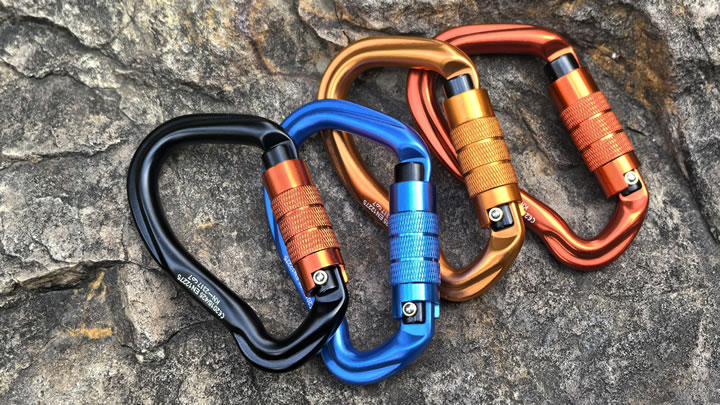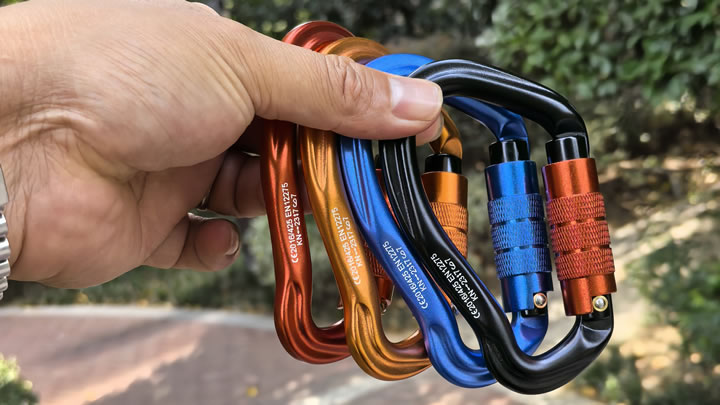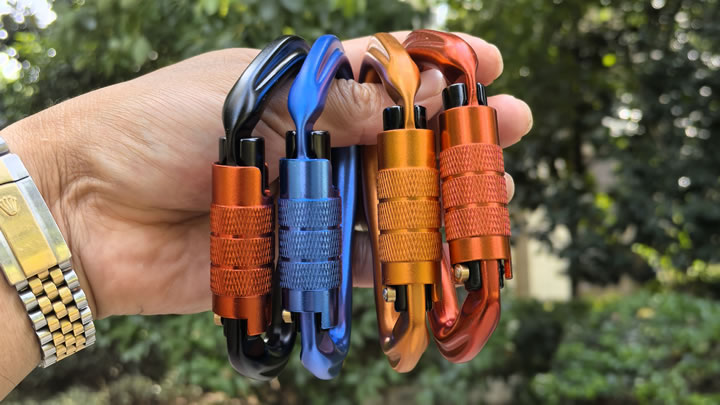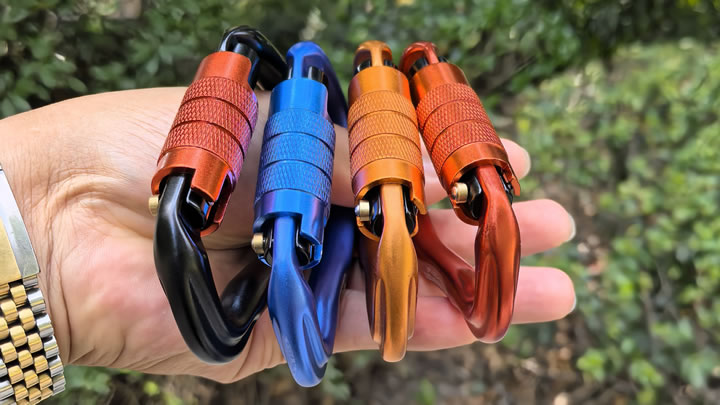Alcohol stoves vs canister stoves: Weight and efficiency
Monday, June 23, 2025
Choosing between alcohol and canister stoves isn’t about "better" – it’s about trade-offs in weight, efficiency, and conditions. With ultralight hikers obsessing over grams and thru-hikers needing reliability, here’s the data-driven truth to optimize your cook system.
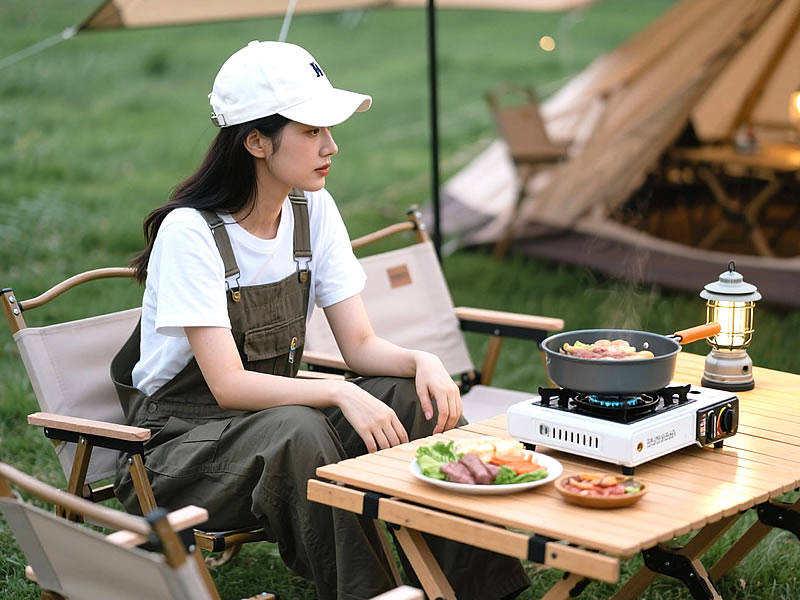
⚖️ Weight Showdown: Base vs. Total System
*(For 3-day solo trip, 6 boils total)*
| Component | Alcohol Stove (e.g., Trail Designs) | Canister Stove (e.g., BRS-3000T) |
|---|---|---|
| Stove Weight | 0.6 oz (Ti Tri Sidewinder) | 0.9 oz |
| Fuel Weight | 12 oz denatured alcohol (6 boils) | 3.9 oz (100g isobutane canister) |
| Pot/Pot Stand | Included in stove system | 4.5 oz (Toaks 750ml + stand) |
| Windscreen | Integrated | 1.0 oz (optional) |
| TOTAL | 12.6 oz | 10.3 oz |
💡 Reality Check: Alcohol loses on longer trips. For 7+ days, canisters save 30%+ weight due to fuel efficiency.
⚡️ Efficiency Metrics: Beyond Boil Times
*(500ml water, 68°F/20°C, no wind)*
| Metric | Alcohol Stove | Canister Stove |
|---|---|---|
| Avg. Boil Time | 9–12 mins | 3–4 mins |
| Fuel per Boil | 0.7–1.0 oz | 0.15–0.2 oz |
| Calories per oz Fuel | 4,000 (ethanol) | 12,000 (isobutane) |
| Boils per oz Fuel | 2–3 | 5–6 |
Why This Matters:
- Time Cost: Alcohol takes 3x longer → delays camp departure or dinner.
- Fuel Weight: Alcohol needs 2.5x more fuel for same boils → negates initial weight savings on 4+ day trips.
🌬️ Environmental Impact: Where Each Fails
| Factor | Alcohol | Canister |
|---|---|---|
| Cold Weather | Works to -40°F (but slower) | Fails below -20°F/-29°C (gas won’t vaporize) |
| Wind | 50% longer boils; needs full windscreen | Jet designs resist wind |
| Altitude | Boil time doubles above 10,000ft | 25% efficiency loss above 8,000ft |
| Simmer Control | None (full blast only) | Adjustable flame |
🔥 Safety & Hidden Costs
| Risk | Alcohol | Canister |
|---|---|---|
| Flame Visibility | Invisible flame → burn risk | Visible blue flame |
| Spills | Fuel spills ignite tents/gear | Liquid fuel rarely leaks |
| Fuel Availability | Hard to find outside US/EU | Global canister standardization (Lindal valve) |
| Disposal | Burns clean; no canister waste | Empty canisters = landfill trash |
📊 Decision Flowchart: Which Stove Wins?

💰 Cost Analysis (Long-Term)
| System | Startup Cost | Cost per Boil |
|---|---|---|
| Alcohol | $25–$80 | $0.18 |
| Canister | $35–$120 | $0.32 |
Alcohol wins on cost – but fuel spills can destroy $600 tents.
🛠️ Pro Hybrid Strategy
- Summer Weekends: Alcohol stove (total weight under 10 oz)
- Thru-Hikes/Expeditions: Canister stove (e.g., MSR PocketRocket Deluxe)
- Winter Backup: Carry both – alcohol as emergency fire starter
⚠️ 4 Critical Myths Debunked
- "Alcohol is always lighter": Only true for ≤3-day fair-weather trips.
- "Canisters don’t work cold": Sleep with canister in bag → boosts performance.
- "Alcohol simmers better": Impossible – it’s binary on/off.
- "Jetboils are efficient": Their pots save fuel, but system weight is 14oz+ – not ultralight.
🎒 Ultralight Optimization Cheats
- Alcohol Hack: Use Heet (yellow bottle) for 30% faster boils than ethanol.
- Canister Hack: Pierce empty canisters to prove they’re safe for airline checks.
- Pot Choice: Titanium pots save 3oz over aluminum – offsets canister weight.
"In the mountains, speed is safety. I’ll trade 2 ounces for hot coffee in 3 minutes versus 12."– Elite Alpine Guide, Chamonix
Verdict:
- Choose alcohol if: Base weight <9lbs, trip <4 days, summer conditions, budget-focused.
- Choose canister if: Winter trips, altitude, speed matters, or hiking internationally.


